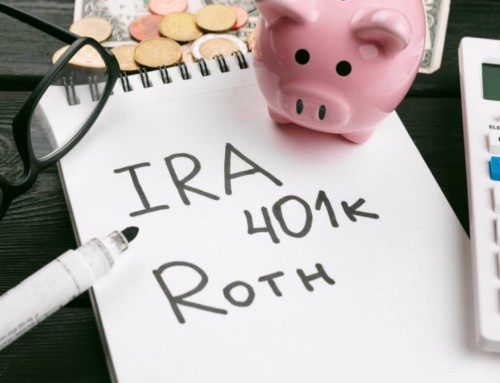For many banks and insurance companies, wealth management means selling products loaded with fees, especially mutual funds. According to ICI, 82% of investors own fund shares through financial professionals such as a broker, investment advisor, or financial planner. Just because you pay your advisor 1% each year, do not think that your mutual funds do not cost you anything.
Fees on Top of Fees
Investors should review the fees that their mutual funds charge because while one fund may be reasonable, another could be very, very expensive. Do not forget to add the cost of your mutual funds to your advisor's fee when calculating the annual fees for managing your money. Watch this short video by the Guardian that explains loads and expense ratios could cost you an additional 3% per year.
Your Mutual Fund: an animated guide – video
With money, as in love, you don't know what you've got till it's gone. Guardian US finance expert Heidi Moore takes you through everything you need to know about mutual funds – and why you should pay particular attention to loads and expense ratios (Heidi Moore and Guardian US interactive team, Length: 1min 46sec, theguardian.com)
The ABCs of Mutual Fund Fees
As mentioned in the video, the expense ratio summarizes the cost of owning a fund so that you can compare the fees of funds without needing to do the math. It includes the investment advisory fee, the administrative costs, 12b-1 distribution fees, and other operating expenses.
The other aspect of mutual fund fees worth noting is the sales charge or load which is the cost of buying a fund. Therefore, there are generally two kinds of funds: those that have a sales charge are called load funds and those that do not are called no-load funds. By the way, because advisors who use load funds are compensated by these sales commissions, the advisor could have a conflict of interest when recommending these funds to you.
Class A shares charge a one-time front-end load, B shares charge a back-end load called a contingent deferred sales charge (CDSC), and C shares charge a level load applied annually as a fixed percentage of a fund's average net assets. No-load funds have no sales charge and generally have a lower annual expense than load funds. For more detail, read FINRA's Class B Mutual Fund Shares: Do They Make the Grade?
Do A Little Homework
The SEC provides a free Mutual Fund Cost Calculator that allows you to look up specific mutual funds, related fees, and an illustration of how fees impact returns over time. This is a quick and easy way to look up the fees and sales charges associated with the mutual funds you already own.
After you check your mutual fund holdings, post a comment below about whether your fees were higher or lower than you expected. Did you find this post helpful?
Class B Mutual Fund Shares: Do They Make the Grade?
With money, as in love, you don't know what you've got till it's gone. Guardian US finance expert Heidi Moore takes you through everything you need to know about mutual funds – and why you should pay particular attention to loads and expense ratios (Heidi Moore and Guardian US interactive team, Length: 1min 46sec, theguardian.com)
By





